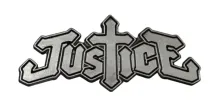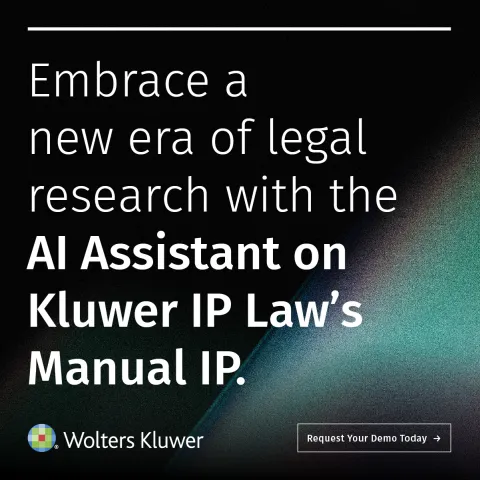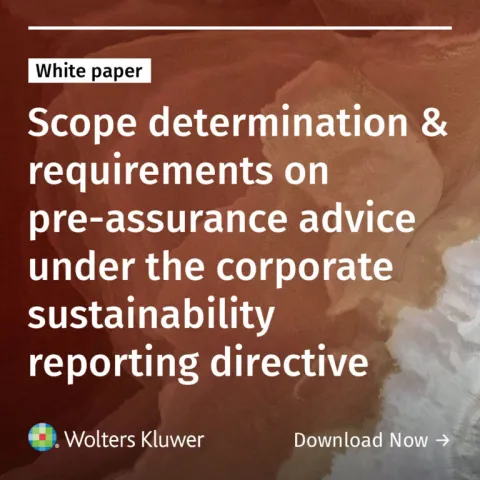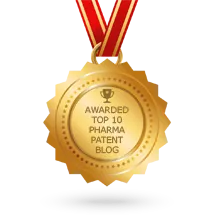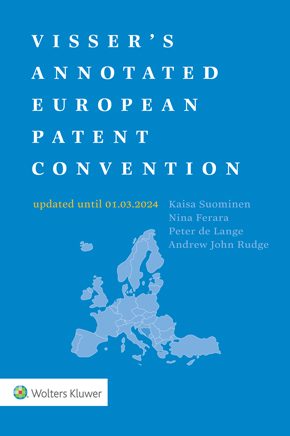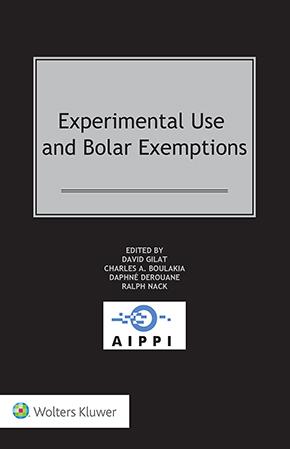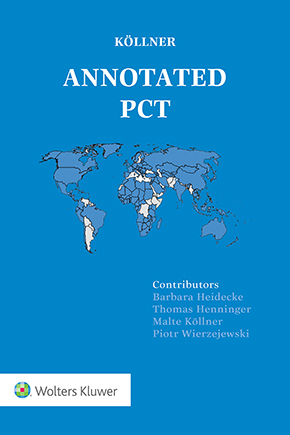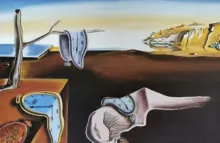Sufficiency of disclosure: unresolved issues in Russia
September 30, 2025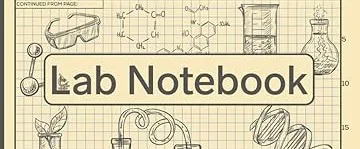
The Russian Intellectual Property Court (IPC) recently revoked an extension (SPC) of Pfizer's Eurasian patent No. 012666 relating to the composition of tofacitinib in relation to the Russian Federation (case IPC-863/2023). The IPC confirmed the validity of a member of the same patent family relating to the compound itself – EA 007251 (case IPC-384/2023).
In short, the SPC was revoked due to alleged non-compliance with the industrial applicability requirement due to insufficient evidence of therapeutic effect. The evidence, which included an article authored by the inventors, was submitted during the examination of the application, on which EA 012666 was granted, and had apparently convinced the Eurasian examiner. However, the Patent Dispute Chamber (PDC) of Rospatent refused to even consider the evidence as admissible supplementary data, because the article was published after the application was filed. The IPC upheld this decision. Some of the most troubling aspects of the case will be briefly outlined below.
The difference between disclosure of means and methods and evidence of the claimed effect
To obtain a patent, the applicant must disclose all the means and methods necessary to obtain and implement the invention ("conditions"), indicate the technical result(s) achieved by the invention, and provide evidence that this technical result is achievable ("evidence").
While the "conditions" must be disclosed in the patent application as filed or in the prior art documents, the "evidence" may either be present in the application as filed or submitted during examination in response to specific objections raised by the examiner.
From time to time the examiner confuses these two types of information. This occurs, in particular, when the applicant submits an article published after the filing date of the application and the examiner mistakenly considers this article as "evidence" that the "conditions" were absent from the application as filed. Rospatent examiners seem to be particularly prone to this error. This error was apparently made in the Pfizer case in question.
This is a fundamental error. The publication date of the information presented as "evidence" and, in general, the fact of its publication are irrelevant: the manifestation of natural phenomena cannot depend on the date of filing of the application. The decisive question is whether the "evidence" reliably demonstrates the relationship between the invention and the claimed technical result.
In fact, the use of an article published before the filing date of the application as "evidence" may be detrimental or even impossible, since such an article is part of the prior art (unless there are grounds for applying a grace period).
Can a patent holder have the right to prove the sufficiency of disclosure of the invention in disputes after the patent has been granted?
The patent holder should be given the opportunity to present any evidence that would have been admissible during the examination of the patent application to refute any newly raised allegations of insufficient disclosure. Otherwise, all patent holders would be in a potentially vulnerable position, since no patent examination can exhaustively examine an invention.
The Pfizer case gives the impression that the PDC and IPC have denied the patent holder the right to refer to the above-mentioned article of the inventors. If true, it remains unclear whether this article, in conjunction with the other evidence, would have ultimately confirmed the patent holder's position in the case (see below).
In order to resolve the issue of the patent holder's procedural rights unequivocally, the only option is to wait for other similar disputes to be considered in the future, and to hope that the Courts take a different approach.
Form of presentation of additional data
The regulatory acts of the Eurasian Patent Organisation (EAPO) do not impose specific restrictions on the form of evidence used to demonstrate the claimed technical effect. Acceptable evidence may include research reports, excerpts from them (tables or figures), journal articles, etc.
As already noted, the form itself cannot be of any significance. However, in order to avoid the pitfall encountered by Pfizer, it is advisable to submit documents that do not indicate the date of publication or creation as “evidence” of the technical effect. For example, submit relevant excerpts from an article rather than the entire published article.
Circumstantial evidence
There is no doubt that in science and industry, circumstantial data is valuable and may even be sufficient to draw certain conclusions about the object of research or development.
In the Pfizer case, the above-mentioned article was brought about in an attempt to prove the composition’s API (the compound according to EA 007251) had the required biological activity so that to show the composition can be used for the treatment. However, the article does not appear to disclose the stereochemistry of the compound used. The patent holder attempted to prove that the information contained in the article was illustrative of the specific patented stereoisomer.
Whether this argument is correct is a separate question. The practical conclusion is that direct evidence obtained through experiments on the exact object claimed in the invention formula is preferred. This approach allows one to avoid getting bogged down in unnecessary disputes and complex forensic examinations.
The dualism of the term "invention": the idea or the object of the invention
This important aspect was mentioned by the patent holder and, apparently, received support from the EAPO representative, but, unfortunately, was ultimately rejected by the IPC.
In short, EAPO legislation (as well as Russian legislation) describes in detail the information and evidence required for different types of patentable objects. In cases where the claims contain several objects of the invention, the requirements may be more stringent. For example, if the very idea of the invention is to develop new compounds, it should be expected that compositions containing these compounds should be accepted, even if the description does not contain specific experimental details of their preparation and/or application. Of course, if the essence of the invention is the selection of specific ingredients, their quantities and/or special technologies for manufacturing the composition and experimentation with such a composition becomes necessary.
Excessive (?) attention to in vivo data
For inventions relating to a method of treatment, medical application or even a pharmaceutical composition, the EAPO (as well as Rospatent) shows a marked preference for in vivo studies, often to the detriment of other data such as in vitro, ex vivo or theoretical justifications and modelling.
In the case in question, the PDC asserted, and the IPC approved, the opinion that "unlike in vitro studies, in vivo studies are necessary to see how the body as a whole will respond to a particular substance. Thus, in some cases, in vitro studies of a drug may be promising, but subsequent in vivo studies show no efficacy (or, conversely, reveal that the drug is unsafe).
Although in vivo clinical data are undoubtedly the most desirable, new drugs are typically patented at the earliest stages of development, when clinical data are unavailable and even animal testing may be incomplete. Despite this, filing an application for a new drug with incomplete data is a certain contribution to the state of the art and should be encouraged.
On the other hand, even if a drug has undergone animal testing – and the patent office expert therefore has no objections – the drug may fail in human trials. There are many such examples. Thus, the existing approach to the necessary experimental data probably needs to be rethought.
You may also like



